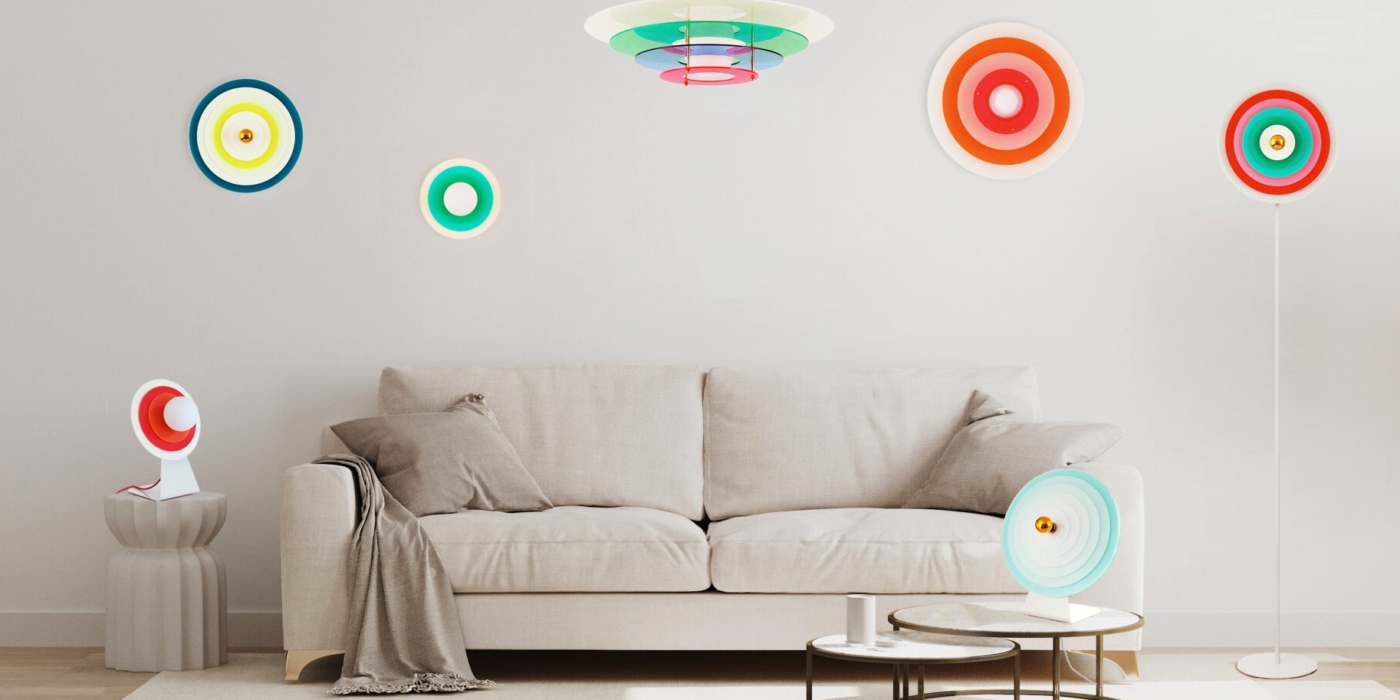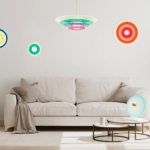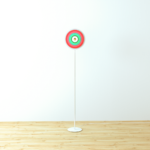Everything is inspiration! It’s a phrase we really like, because it perfectly sums up our approach to design. Inspiration is not only found in books or museums, it can arise at any time, from anywhere, and from any experience. For us, there are no strict boundaries between artistic fields, disciplines or ideas. Everything we see, hear, feel or imagine has the potential to fuel our creativity.
Inspiration in everyday life
Patrick often likes to say that when he created works of art, he was frequently asked the same question: “Where does your inspiration come from?” And he never had a simple answer to this question. Inspiration is a fleeting phenomenon, something that emerges when we least expect it, when we remain open to what surrounds us. Inspiration, for him, is everywhere, in the smallest details as in the big ideas. A walk in nature, a geometric shape found in a building or an everyday object, a play of light that is reflected on a surface, everything can be a source of inspiration.
When you open your eyes wide, everything potentially becomes a source of creativity. A banal object can turn into an original concept, a seemingly innocuous colour can inspire us a particular atmosphere. The objects of everyday life, urban landscapes, nature, but also human interactions, textures, sounds and play of light… all this becomes a matter of reflection and creation. We don’t need a particular setting or a specific situation to be inspired. It is often in the most unexpected moments that the perfect idea arises.
The influence of some great masters of design or art, whether they are architects, sculptors, painters or industrial designers, guides us in the search for new forms, balanced compositions and strong visual interactions.
For example, the organic creations of Eero Saarinen or Zaha Hadid influence our work, especially when we seek to push the limits of materials and experiment with new structures.
But we also draw from more eclectic and diverse influences, contemporary artists, graphic designers and even fashion designers. The evolution of materials and techniques, such as 3D printing or new resins, can also be a real source of inspiration, because they offer endless possibilities to imagine new and original shapes.
Nature and the environment
For Laetitia, nature is an inexhaustible source of inspiration. The organic forms of plants, flowers, or natural elements such as wind, water or light that filter through trees are obvious influences. Many of our creations carry this organic touch, inspired by the curves and movements found in nature. Sometimes it is enough to look at the reflections of the water or the way the light changes throughout the day to create a special atmosphere in a room.
Botany, natural textures, marble, carved wood, but also the morphology of animals, fossils or minerals are all sources of fascination. A simple branch, a shell, or even a smooth rock can awaken bold design ideas. It is this relationship with nature that pushes us to create objects that are not only beautiful, but also in harmony with their environment.
We also like the idea of space transformed by light. A lamp, like an architectural work, is not simply an object, but a way of interacting with the environment. In a room, a lamp can play a fundamental role in the composition of the space, by defining areas, creating focal points, or bringing warmth to a cold and minimalist atmosphere.
The influence of travel and cultures
Travel also plays an important role in our inspiration. Whether in street markets in Marrakech, through the temples of Asia, or in the traditional architecture of certain parts of the world, each culture offers us a palette of colours, patterns and symbols that enrich our vision of design. We have a particular affection for the artisanal aspect of many cultures, which favour handmade, the patina of time, and local materials. This pushes us to look for traditional techniques and know-how that we modernise in our creations.
The arts of the whole world, whether from Africa, South America, or the Middle East, teach us how to associate beauty and functionality in everyday objects. This influence helps us maintain a respectful approach to materials and manufacturing processes, often in harmony with local nature and traditions.
Emotion and personal experience
Finally, emotion is a powerful vector of inspiration for us. Some lamps are born from a personal memory, from a sensation felt in a particular place, from a moment suspended in time. The human experience and the perception of light in a space are fundamental in our creative process. Sometimes, it is simply the idea of creating a magical moment, a particular sensory experience, that guides our choices. Our lamps are created to provoke emotions, to add an additional dimension to an interior, and to give a unique and warm atmosphere to each room.
Inspiration is everywhere: in art, nature, architecture, travel, but also in emotion and human experience. It is this multiplicity of sources that allows us to create objects that are both original, timeless and deeply rooted in our time.



